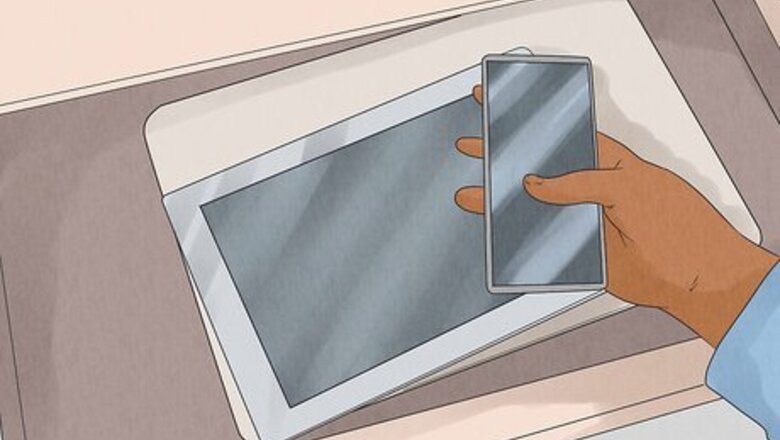
views
- Before frantically looking all over your living space, double-check that your missing item isn’t where it’s supposed to be.
- If the item isn’t where it usually is, check the most cluttered area of your living space since it’s easy for things to hide in large quantities.
- Retrace your steps if all else fails, going through the motions of what you were doing when you last saw or used the missing object.
Checking Common Areas
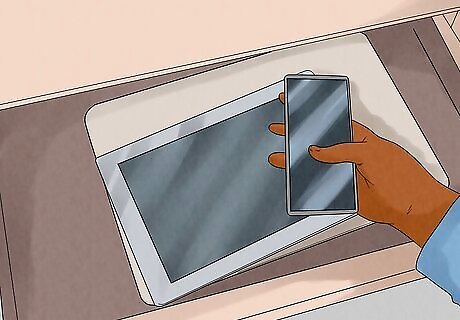
Double-check where the object usually is. If there’s a place where you typically leave the missing object, start there. Maybe you forgot you put it back, or it’s hidden under something in the near vicinity. Either way, it’s worth taking a look. For instance, your coat may have fallen off its usual rack to the floor, or your phone may be in a drawer beneath the counter you typically put it on.
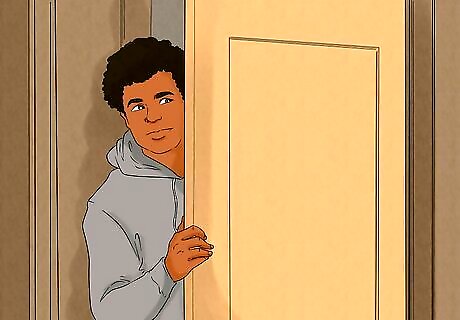
Look in places where you’ve lost this item before. Do you tend to lose your keys, phone, or jewelry often? If so, it may have ended up in a similar place as before. Think about where your common lost objects tend to be lost. Then, check these areas thoroughly. For example, maybe you have a habit of leaving your keys in the lock or your bag in the car. Check these places before extending your search.
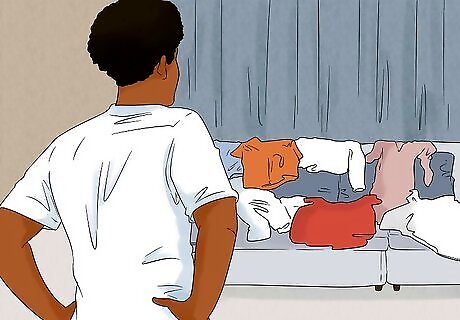
Look in the messiest areas of your living space. Believe it or not, studies have shown that lost objects tend to be misplaced in the most cluttered areas. So, before you panic, check your house or office’s dumping ground. Shift through everything to see if your lost object got hidden in the pile. Scan the space and search for objects of the same color and size as your missing item. Sort through everything slowly and carefully, placing each item to the side to clear the space.
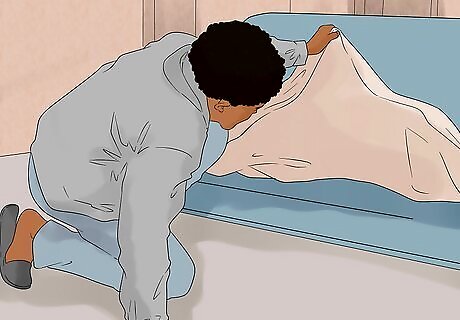
Peek under and around larger items. Your lost item may have accidentally slid down a crack in the couch or kicked under the bed. Larger items can easily hide smaller objects, so consider how big your lost item is and then check things it could be hidden by. For instance, you might have inadvertently set a pile of magazines on top of your keys or glasses. If you lost something in your car, check underneath the floor mats. If you’re in the living room, look between the couch cushions and under the rugs.
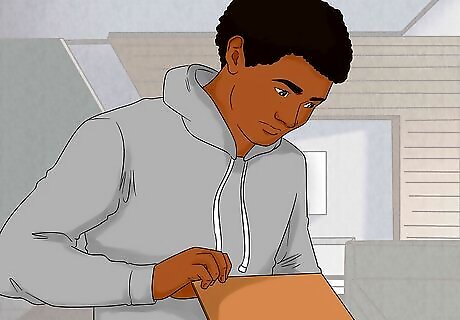
Locate a lost and found box if you’re in a public space. If you’ve lost this object while you were out and about, check to see if the store, building, or area has a lost and found. Sometimes, you can get lucky, and someone else will find your lost item and turn it into a front desk or employee. Lost and found boxes usually aren’t on display, so you’ll need to ask an employee for assistance. Schools, stores, parks, stadiums, and theaters tend to have lost and founds.
Retracing Your Steps

Close your eyes and picture when you had the object last. Sometimes, thinking about the last time you saw or used the object can help you retrace your steps. Consider everything you can remember—even something as silly as what you were eating or listening to could be helpful!
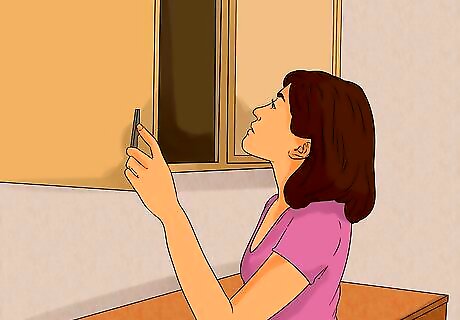
Look in the place where you last saw or had the object. Follow your reconstructed memory to where you last remember using or seeing the lost object. Sit or stand in your exact position when you saw or had it last, and look around you. Continue going through the motions of your memory until you find the object. For example, follow the steps and motions you made when you came home from school. Pretend to set your bag on the chair, place your phone on the kitchen counter, etc.
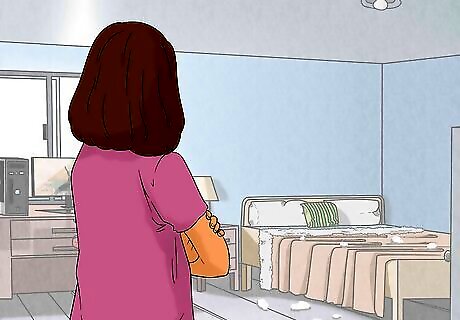
Try looking at the room from a new angle. If you’ve retraced your steps, gone through all the motions, and still haven’t found anything, change your perspective. Crawl instead of walk down the hall, or sit where you were standing. Seeing things from a different point of view can help you notice details you may have missed before.

Ask for help from friends or family. It’s possible that someone else saw you with this item before you lost it. Reach out to a friend or family member in the same space as you and ask if they’ve seen the missing object. Who knows? They may have accidentally moved it themselves! Try saying something like, “Hey, I’m looking for my keys. Have you seen them around?” If you lost the item outside your home, give the place where you think you lost it a call. Perhaps they have a lost and found, or someone has come across the item since you left.
Keeping Objects from Getting Lost
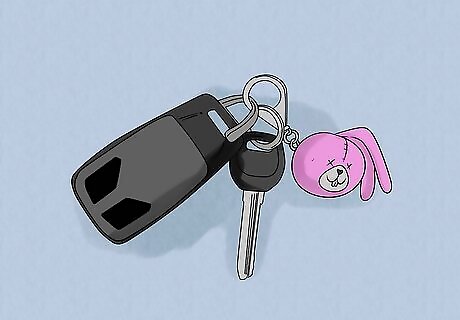
Make objects stand out so you won’t lose them as easily. If you have a tendency to lose things, make them bigger and more obvious. Give the commonly lost item something that’ll catch your eye in a cluttered space. This way, if you do misplace it, it’ll be easier to find. For instance, attach a large, colorful keychain to your keys or put your phone in a bright neon phone case.
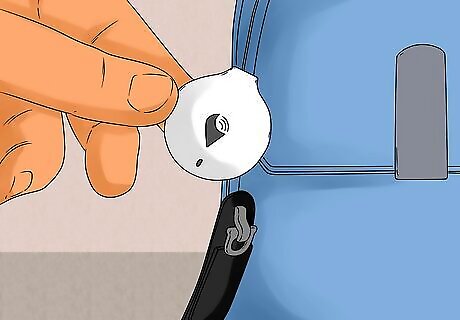
Attach a tracker to important items and use an app to locate them. Bluetooth tracking devices are a great and effortless way to keep your phone, keys, or wallet from getting lost. Simply attach a small tracker to the device or object and connect it to its corresponding app. This way, you’ll know where your belongings are 24/7. Tile is a tracking tag or tracker that can be used on small or large items like keys, phones, and bags. Cube Tracker can help you find your keys, phone, or dog. Apps like Find My iPhone and Google Find My Device make it easier to find your phone without a tracker by using GPS location.
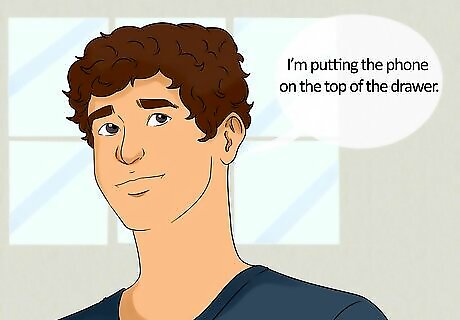
Make a mental note when you put down something important. When you set down your phone, laptop, or keys, take a second to memorize where it is (especially if you’re prone to losing things). Solidifying the object's location in your mind and being more mindful can help you remember where the item is later. Think of it as a failsafe when it comes to retracing your steps if the object is ever lost. Try saying, “I’m putting [the item] on the [location of the item]” out loud or in your head. Consider writing down the item's location on a notepad if you’re concerned about forgetting.
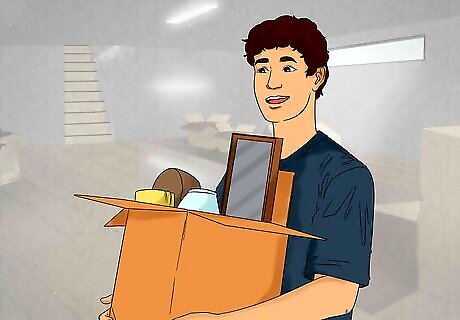
Keep your space neat and tidy. The best thing you can do to avoid losing things is be organized. Cluttered and crowded areas make it easier to lose objects, as things can fall under other things or get wedged between something else. Regularly clean and organize your living spaces, so you won’t have to spend more time looking for things later on. Have a designated spot for all your important items. For instance, place a hook by the door for your keys, an empty drawer in your desk for a laptop, and a phone stand on the table for your phone.
















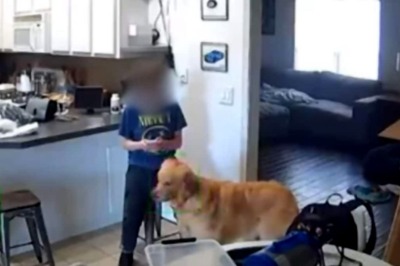


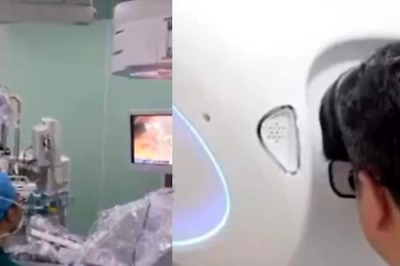
Comments
0 comment